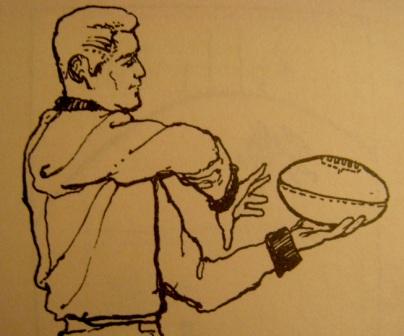RedV3x
It's about time some mods started being fair
The reference is from - The Australian Game of Football -Page 38 -Published by the AFL IN 2008.
It states on the page that James Thompson brought the Rule Books to the meeting, and he did not want Rugby Rules adopted per se - They were too complicated, and he clearly says that Wills was pushing Rugby Rules, and he (Thompson)wanted proper talks, which he apparently got.
There were several names on the handwritten copy found in circa 1980 in the Archives in the basement of the MCG, but only 4 people discussed the Rules that eventful day.
Wills, Hammersley,Thompson and Smith. Wray was present but did not participate and sign.
They hold the key to the actual discussions, which we may never find out.
Interesting stuff for fans of the game, and historians.
Thanks for that. That explains a lot. I can imagine the situation, like a jury room where jurors are asked to draw on their experiences and postulate.
i wonder what the rules were for Eton, Harrow and Windchester





